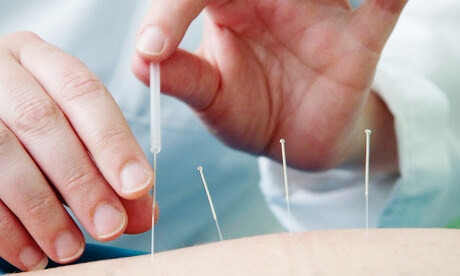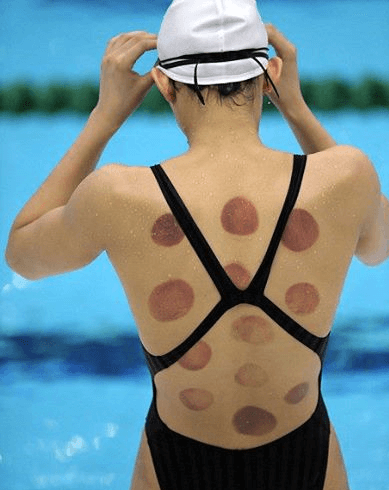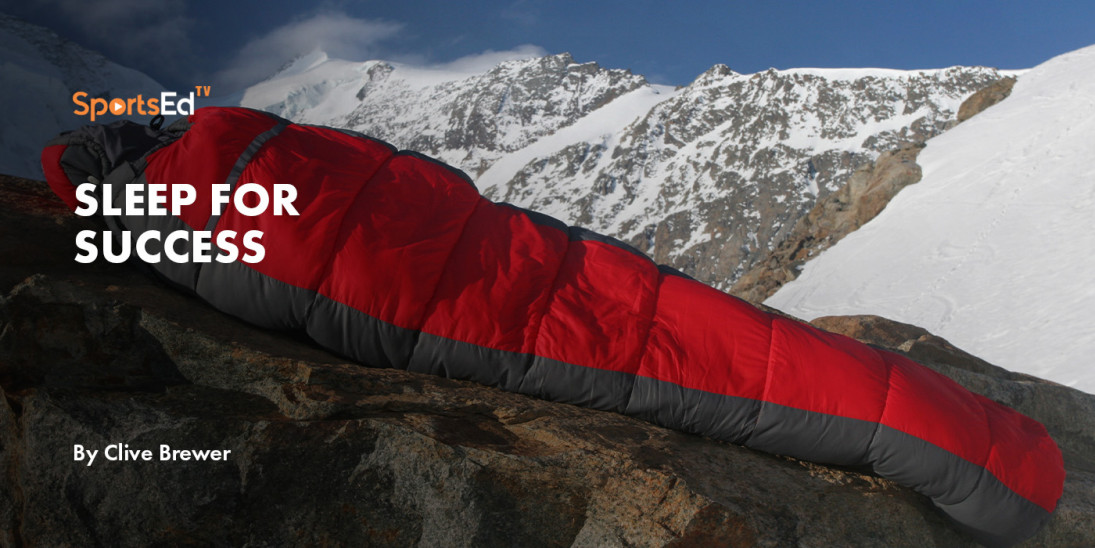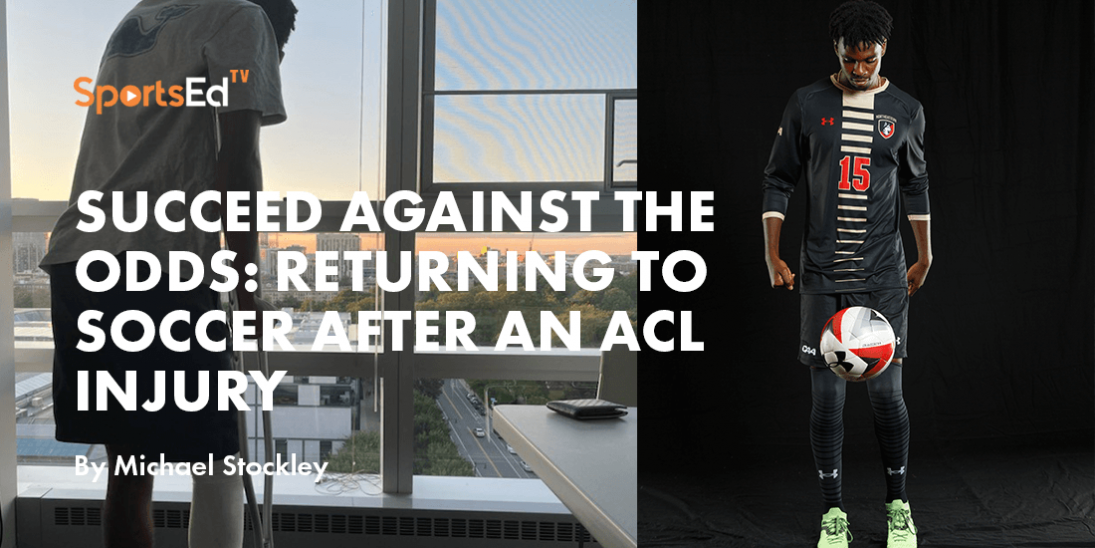Health
Welcome and thanks for visiting...

Chinese Medicine and Sports Injury Rehabilitation

Allow me to introduce myself. My name is Dr. Mark Rush, and I’m an acupuncture physician specializing in sports injury rehabilitation. As a classically trained acupuncturist, I stay as close as possible to the principals of TCM (traditional Chinese medicine) during the entire healing process.
The process encourages the human body and its innate ability to recover from both the simple ailment to the profound, most serious conditions, completely naturally.
I say as close as possible because TCM can potentially only take a patient so far before the intervention of western medicine is necessary. New medical technologies and the advancement of sports science is absolutely fundamental to the modern athlete, with state of the art, cutting edge techniques being developed constantly.
With proper communication and understanding of treatment protocols between practitioners, TCM and western medical science go hand in hand together.
Typically, when an athlete does arrive at my treatment table, they are in one of two conditions. Either he or she has already received surgery and are in post-op recovery, or the individual is seeking healing in a last ditch attempt to avoid an invasive procedure.
 Obviously, TCM has limitations, but the power of acupuncture cannot be underestimated in the elite sports arena.
Obviously, TCM has limitations, but the power of acupuncture cannot be underestimated in the elite sports arena.
Soft tissue injuries (muscles, tendons and ligaments) are treated really effectively with acupuncture and I’ve seen some remarkable results.
Surgery and other invasive procedures are very often unnecessary and are sometimes performed too hastily, so please don’t take the decision to go under the knife lightly. If the injury is deemed severe enough, seek secondary orthopedic assessments and make the best choice in a timely manner.
The principals of TCM rely on the movement of qi (energy) and blood. Indeed, overall good health, in general, depends on the movement of qi and blood no matter who you are and where you live. The main aim of healing is to invigorate the affected area with nutrient-rich blood and an abundance of qi, which is achieved in many ways with TCM.
So what is acupuncture and how does it work and how does affect the human body?
All over the body, there are hundreds of acupuncture points, close to 400 in fact, and these points are distributed around the body through meridians. These meridians are essentially little streams, rivers or pathways, and when the points are needled and stimulated correctly by a trained professional, they react with the central nervous system. This, in turn, releases chemicals into the muscles, spinal cord, and brain. These biochemical changes then stimulate the body's natural healing abilities and promote physical and emotional well-being.
There’s a lot more to it than that, of course, and there are adjunct therapies such as electrical stimulation, infra-red, cold laser, cupping and gua sha (scraping) that all assist with acupuncture and ultimately, the healing.
During a series of treatments, TCM not only addresses the chief complaint, but also the entire body and psychology of the patient. If I’m seeing an athlete with a grade 2 partial tear of a hamstring, for example (which has a 6 to 8 week recovery period), I will not only treat the hamstrings but also any underlying conditions such as gastrointestinal issues, sleeping disorders, depression, anxiety and night sweats. There are countless ailments to list which are treatable with TCM.
Any professional athlete will tell you, overcoming injury is a profoundly difficult time, and when a player sees teammates enjoying training, playing matches and general team associated activities, the injured individual can feel really isolated and somewhat worthless. Also, when nearing the end of a contract, there is even more pressure on the athlete to recover and contribute, which can lead to secondary injuries, or reoccurrence of existing injury.
Therefore, addressing the psychology of an injured player is really fundamental to both the recovery from a long layoff and how the player returns to action. A young athlete dealing with injury for the first time can be a really traumatic experience, and without proper support and help, the situation can worsen.
I have seen angry parents put so much pressure on kids to recover, and one academy player in particular springs to mind. He signed a contract with an MLS team and was considered a great prospect with a bright future. He came from poverty in the Ivory Coast and dreamed big.
He actually reminded me of Yaya Toure in stature and for a 15-year-old lad, he was bigger than most MLS players. An incredible physical specimen, and equally as talented, but he was injured very frequently. His mother in particular gave him so much grief because of the injuries and applied unnecessary pressure that hindered the recovery.
 I’m not too sure of what happened to him ultimately, but I helped him with a condition called compartment syndrome, which can be life-threatening. It’s an incredibly painful condition where pressure decreases blood flow, depriving muscles and nerves of needed nourishment, which can, and did require surgery in his case. The most common area affected is the anterior (front) compartment of the lower leg.
I’m not too sure of what happened to him ultimately, but I helped him with a condition called compartment syndrome, which can be life-threatening. It’s an incredibly painful condition where pressure decreases blood flow, depriving muscles and nerves of needed nourishment, which can, and did require surgery in his case. The most common area affected is the anterior (front) compartment of the lower leg.
Compartment syndrome is a great example of how a lacking of qi and blood can cause serious harm. He would get relief from acupuncture, but it was only temporary, unfortunately. He only became a patient of mine in very late onset of the condition, and I can’t help but think he would have fully recovered quickly and without surgery had he done so earlier.
By far the most common injury of the more serious nature I see is definitely the ACL (anterior cruciate ligament) tear or sprain. This topic has been excellently covered by SportsEdTV’s Trent Nessler, so I do encourage the reading of his articles.
Soccer in particular has so many of these particular injuries due to the constant jumping and the acute dynamics of speed during directional changes. The unexpected impacts and chaotic nature of playing contact sports is a leading contributing factor for injuries, however, modern strengthening and conditioning techniques help eliminate some of the possibilities of injuries. The unpredictable will always be a factor, thus making injury unavoidable.
I have been lucky enough to treat professionals from a variety of elite sports, ranging from NFL, swimming and tennis to cycling. The majority of my patients come from soccer though, and my exposure to the professional game in the USA and Europe has been both educational and inspirational.
In my series of blogs, I will write about my experiences in the game, ranging from locker room dynamics, the psychology of an elite athlete, and how to make the mental jump from being an enthused amateur to a professional. I will also go into more detail of the treatment techniques used in TCM and how acupuncture compares and compliments with modern western medicine.
There is nothing quite like competing in a sport you love being completely free of injury, and to participate with a positive attitude and gracious sportsmanship. Unfortunately, injuries are inevitable, with some more severe than others. It’s important to remember, however, that there are many natural healing options available to enable a fast and full recovery.





